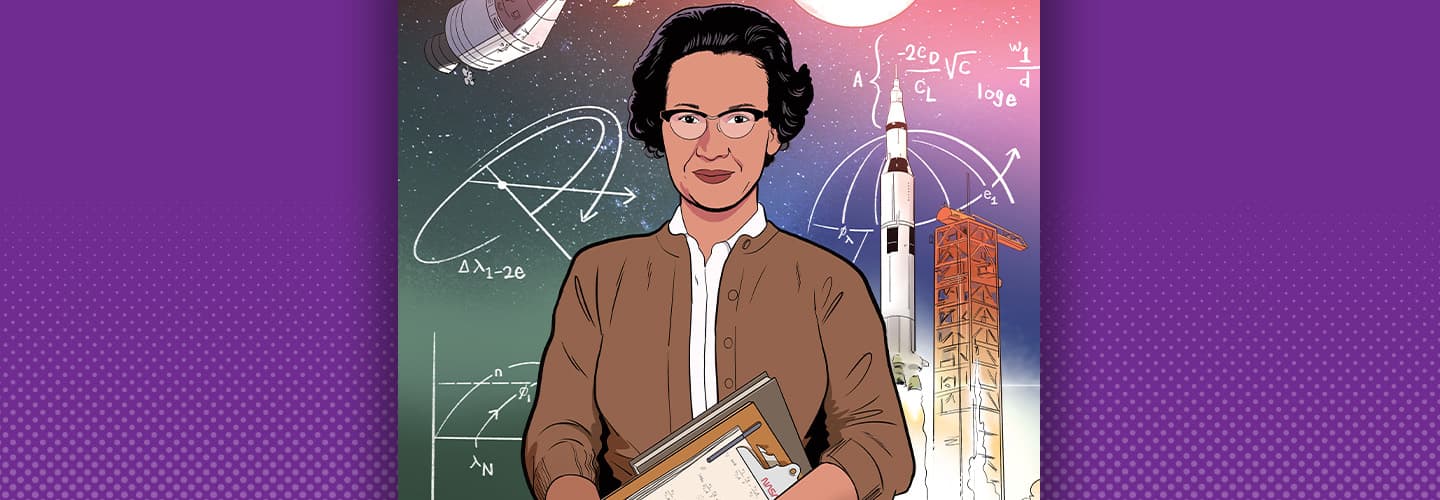In 1962, astronaut John Glenn was preparing to make a historic spaceflight. But he didn’t trust NASA’s computers to get him to space and back safely. Computers were fairly new and not as reliable as they are today. One error could mean the difference between life and death. Glenn trusted only one person to double-check the computer’s calculations: Katherine Johnson.
She was one of the U.S. space agency’s skilled mathematicians. Johnson calculated the trajectory of the flight herself, helping Glenn become the first American to orbit Earth. During her 33 years at NASA, she made some of the most historic missions in space exploration possible.

